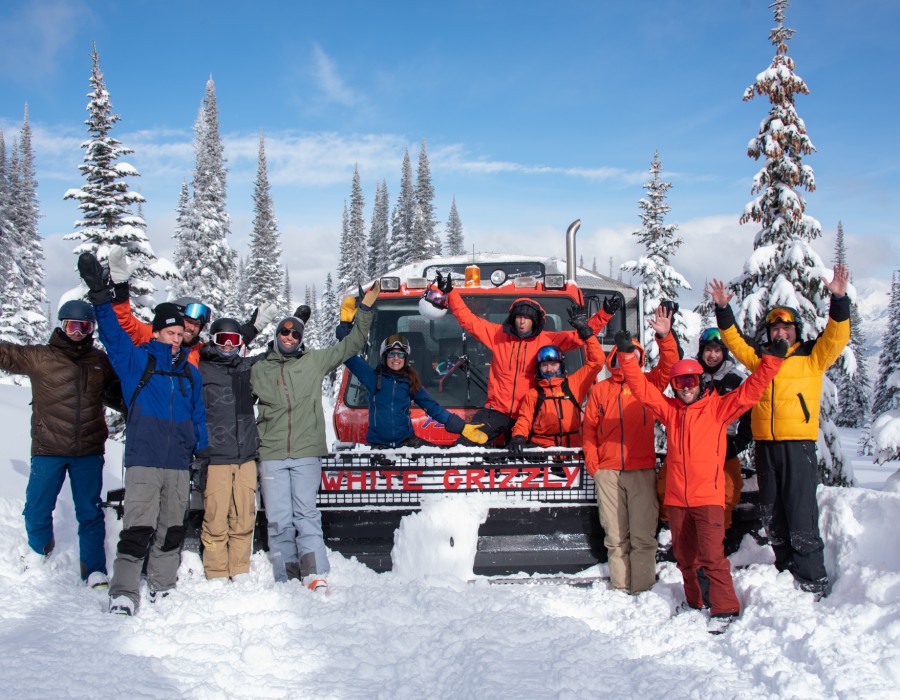Imagine gliding down a mountain, fresh powder flying around you, and feeling the thrill of skiing pow — that light, fluffy snow skiers dream about. For many, this experience is exhilarating and free, but for individuals with physical disabilities, reaching those snowy peaks hasn’t always been easy. Thankfully, adaptive skiing is changing that.
What is Adaptive Skiing?
Adaptive skiing uses specialized equipment and techniques, allowing people with disabilities to experience the slopes safely and confidently. With tools like sit-skis, mono-skis, and outriggers, adaptive skiing enables skiers to control their movements while staying balanced and comfortable. This equipment is tailored to each person’s needs, whether they use a wheelchair, have vision impairments, or need extra stability.
Skiing Pow with Adaptive Equipment
For skiers chasing powder snow, or "skiing pow," adaptive skiing is a game-changer. Adaptive equipment not only helps with general skiing but also allows powder skiing, which has its own unique thrill. Experienced adaptive skiers can take on deep, untouched snow in backcountry areas or on steep slopes, experiencing the same rush of adrenaline as others.
Expanding Accessibility on the Slopes
Many ski resorts across the U.S. and worldwide have become more inclusive, offering programs and instructors trained in adaptive skiing techniques. These programs are designed to help first-time adaptive skiers feel comfortable while giving them the tools to progress confidently. The goal? To ensure everyone has access to the thrill of skiing pow, regardless of physical limitations.
The Future of Adaptive Skiing
Thanks to advancements in technology, adaptive skiing continues to evolve, with lighter equipment, improved safety features, and more training for instructors. As a result, more people are hitting the slopes every year, and many adaptive skiers are even participating in competitive sports like the Paralympics.
With adaptive skiing, skiing pow is no longer a dream but a reality for everyone.





Comments